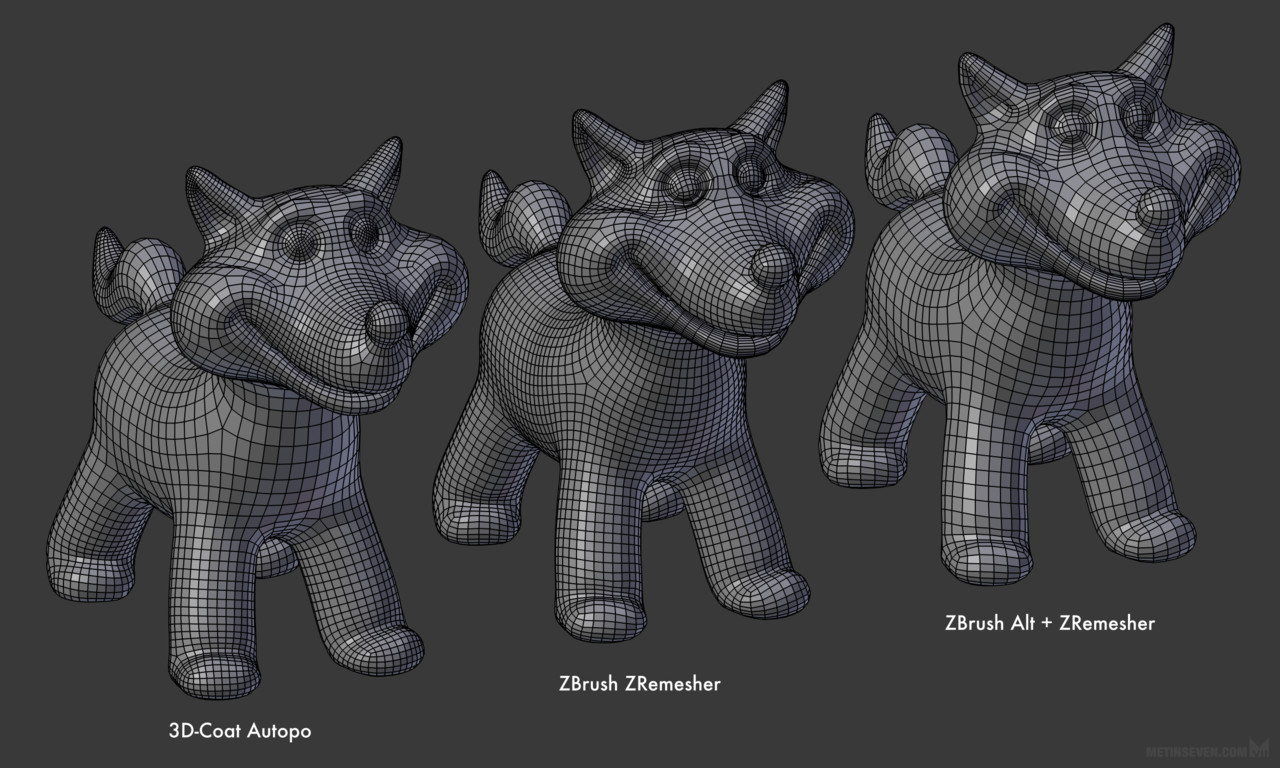

If using bead blasting, be sure to start out at a low pressure and gradually increase it if needed as not to linger too long on any one area.

It’s also an efficient way to smooth out a material before applying a coating so it adheres correctly. It will result in a smooth matte surface. Bead blasting, however, can be done in much less time and can reach the insides of channels and other tricky spots.Īs with sanding, bead blasting is useful for improving the aesthetics of a product. In this method, you use a spray gun to shoot finely reground thermoplastics at the surface, blasting away imperfections and smoothing out the surface in a similar fashion to that of sanding. It can also be difficult to reach some spots, especially small holes and undercuts.ģD Printing Finishing Options: Bead Blastingįor those hard-to-reach spots, bead blasting is more efficient. While sanding is effective, one downside is it can be time consuming, especially if done by hand. Sanding comes in handy if you plan to apply any sort of coat to the surface because it’ll need to be smooth so that coating comes out evenly. Sanding removes imperfections and gives you an even surface. This might not matter for some industrial components, but for consumer goods, prototypes and other items that will be on display, you want your product to be as aesthetically appealing as possible. When you may remove some 3D-printed objects from the printer, you can see thin lines where each new layer begins. As you likely know, it involves using a rough material such as sandpaper to smooth out and remove small imperfections from a surface. Sanding is a surface finishing technique that is familiar to many. A layer of metal can also introduce new properties to your part, such as electrical conductivity and heat transfer properties. The item might come out of the printer with uneven coloration or slightly uneven surface.Ĭovering the substrate with a smooth, gleaming metal surface adds a touch of sophistication and sleekness. This finishing technique can also improve the appearance of a printed component. You might plate a metal component to increase resistance to corrosion, oxidation, wear and other elements as well as to improve strength. A metal coating can increase its strength and durability by providing a protective outer layer. Many components produced via this technique are made of plastic, which has its advantages but leaves the part susceptible to damage from impact, wear and other external factors. Plating, whichever method or metal you use, has various benefits when used with 3D-printed parts. The best metal for your project depends on which features you want to improve or add to your printed component. After that, you can apply virtually any metal, including: For the first layer of plastics plating, you would most likely use nickel or copper or perhaps gold and silver. The kinds of metal used for plating vary. Plating involves covering a plastic or metal substrate with a coat of metal by subjecting the materials to either an electric current or a chemical solution. Here are some of the surface finishing processes you should consider when producing parts using 3D printing technology. In fact, surface finishing 3D-printed parts should be a part of your design process far before you ever have a finished product, as that step can be integral to product functionality. Its intended function and the environment it will be exposed to when in use.The manufacturing process you use will impact these features, which can include: While many of the same reasons for employing a surface finish apply to both 3D-printed parts and parts produced with more traditional methods, you should always consider the unique features of your part when choosing surface finishing processes to use. These are just a few of the ways surface finishing can be useful. Improve its durability by increasing its resistance to wear, corrosion, heat or other elements.You might choose to finish a 3D-printed part for many of the same reasons you would apply finishing processes to a product produced with injection molding or another manufacturing technology. Often, though, after a part comes out of the printer, it needs to undergo a surface finishing process before it’s ready for use, especially if it’s a consumer good or a plastic piece you will use in harsh conditions. 3D printing is a useful new technology that allows manufacturers to produce components relatively quickly, in small batches and with a high degree of flexibility.


 0 kommentar(er)
0 kommentar(er)
